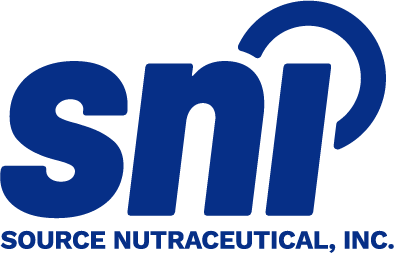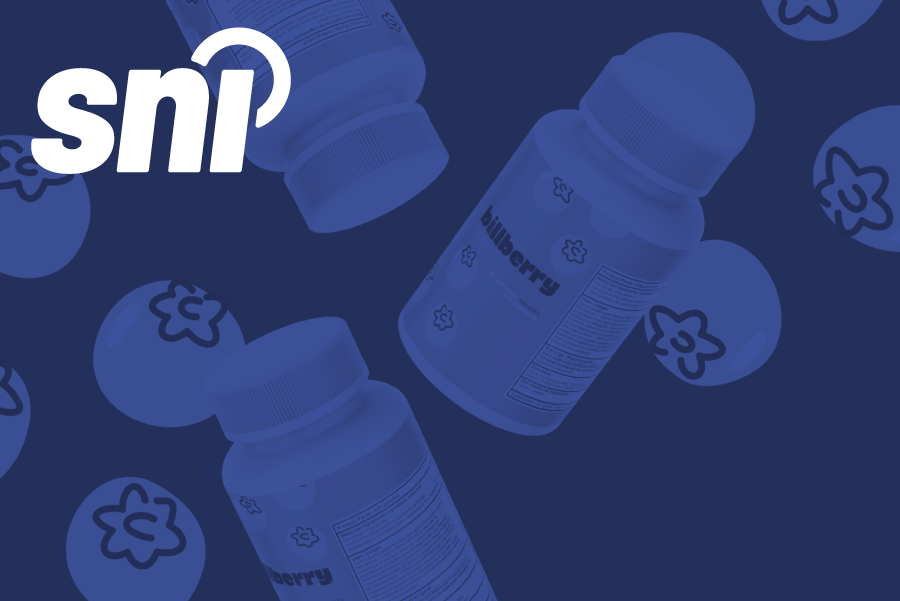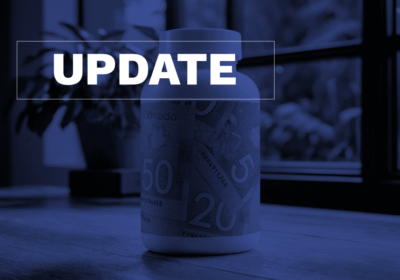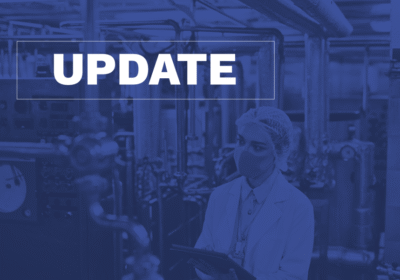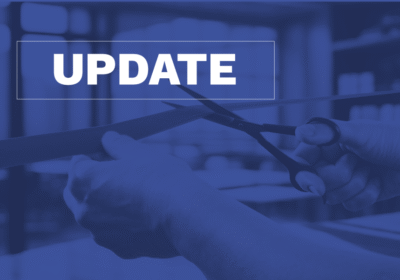The Canadian Natural Health Product (NHP) industry is preparing for one of its most significant regulatory shifts in nearly two decades. With the introduction of Health Canada’s new Plain Language Labelling (PLL) Regulations (Labelling for Natural Health Products), businesses that manufacture, distribute, or sell NHPs must rethink how their product information is presented on labels.
These new labelling rules, introduced to replace the outdated 2006 framework, reflect Canada’s growing emphasis on consumer safety, accessibility, and transparency in the health product space. In today’s market, where NHPs are increasingly used as part of personal wellness routines, clarity isn’t just a best practice, it’s a public health necessity.
Why Plain Language Labelling?
Health Canada introduced the PLL framework to address long-standing issues with label readability and inconsistency across brands. The previous regulations gave companies flexibility in how they presented key product information, but that freedom often resulted in inconsistent layouts, confusing terminology, and overlooked details like allergen warnings.
Consumers have repeatedly voiced concerns about unclear dosage instructions, missing risk information, or difficulty comparing products across brands. The updated regulations aim to solve those issues by ensuring that critical information is consistently presented in a standardized, easy-to-read format, on every NHP sold in Canada.
What’s Changing?
While our full regulatory breakdown is coming soon, here’s a preview of the major changes:
1. A Standardized Product Facts Table (PFT)
All NHPs will now be required to include a Product Facts Table on their labels. This table will contain essential information like medicinal ingredients, intended uses, dosage, warnings, storage instructions, and manufacturer contact details. It must follow strict formatting rules for font size, layout, and contrast to ensure maximum readability.
2. Mandatory Allergen Disclosure
The updated regulations also introduce mandatory labelling for priority food allergens, such as milk, nuts, wheat, soy, shellfish, and gluten. These must be declared prominently within the Warnings section of the label to help consumers make safe, informed decisions.
3. Bilingual Labelling and Readability Requirements
All information must be presented in both English and French, using legible sans serif fonts (such as Helvetica or Arial) and high-contrast colours. This ensures information is accessible to all Canadians, regardless of language or literacy level.
4. Compliance Timeline
All businesses must comply with the new Natural Health Product labelling requirements by June 22, 2028. This compliance deadline applies to both existing products and those licensed on or after June 21, 2025. Under a transitional exemption issued by Health Canada, even newly licensed products may continue using the previous labelling format during the transition period, provided they are updated to meet the new Plain Language Labelling standards by the final deadline.
Why This Matters to Your Business
If you manufacture or sell NHPs in Canada, this is not a minor update. These regulations will directly affect how your products appear on the shelf and how quickly they gain consumer trust. With a stronger emphasis on label clarity and consistency, Health Canada is sending a clear message: product safety begins with communication.
For industry stakeholders, the new rules also bring increased scrutiny. Labels that fall short of the new requirements may lead to compliance delays, consumer complaints, or even enforcement action. This is especially important for companies distributing products nationally, including in Quebec, where provincial language laws may impose even stricter requirements than federal regulations.
What Comes Next?
In our full breakdown of the new PLL regulations, we dive into:
- Detailed formatting and font specifications
- Inner vs. outer label requirements
- Quebec-specific language considerations
- Exemptions for small packages and topical products
- Practical steps to update your labels
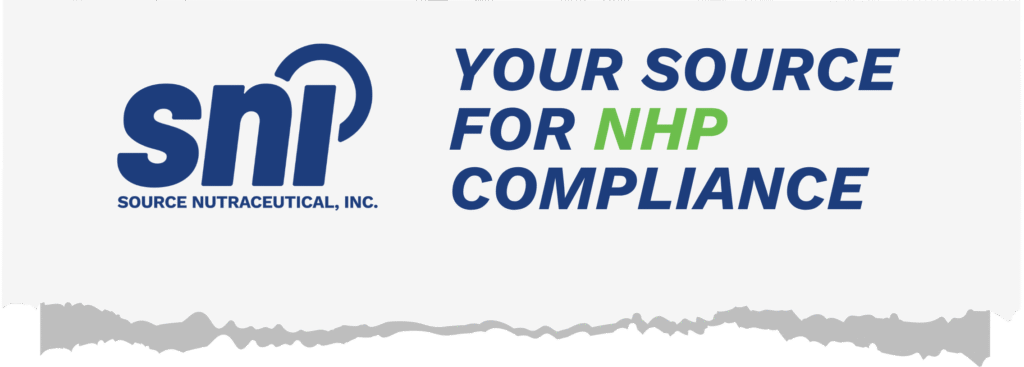
Looking to launch your Natural Health Product (NHP) in Canada or require support with Plain Language Labelling (PLL)? Our expert Regulatory Affairs Team at SNI is here to simplify the licensing and labelling process from start to finish. Whether you need a straightforward product licence, label updates, or plan to conduct a clinical trial to substantiate your health claims, we provide the guidance and expertise you need to succeed.
💊 More about our services here.
💡 Compliance is easy with the right support!
📩 info@sourcenutra.com
⬇️ Send us a request for support or an introductory call
FAQ
Will I need to reapply for my NPN because of the new labelling rules?
No, the new Plain Language Labelling (PLL) regulations do not affect your product’s Natural Product Number (NPN) status. However, if you make changes to the product’s formula, dosage, or health claims while updating your label, you may need to file a label amendment or post-licensing change with Health Canada.
Can I use the same PLL-compliant label format for all my NHPs?
Yes, but with caution. While the structure of the Product Facts Table remains consistent across products, the content must be tailored to each NHP. This includes unique medicinal ingredients, dosage instructions, and warnings. A templated design can help with brand consistency, but each label still requires individual review for compliance.
Do I need to update my marketing materials to match the new labels?
Marketing materials, including brochures, websites, and advertisements, do not fall under the PLL regulations directly. However, they must still align with the approved product licence and must not contradict or exaggerate claims found on the label. For consistency and trust, many companies choose to update marketing copy alongside new PLL-compliant labels.
Will I need to submit my new label to Health Canada for approval?
For most products, label updates do not need to be pre-approved by Health Canada unless there is a change in the product’s licence information (e.g., a new claim or altered medicinal ingredient). However, updated labels must be available for review during inspections and should be retained in your quality system documentation.
What happens if I don’t comply with the new PLL regulations by the 2028 deadline?
Failure to comply with the new labelling requirements by June 22, 2028, may result in regulatory enforcement. This could include stop-sale orders, product recalls, or suspension of site and product licences. Health Canada conducts both targeted and routine inspections, and non-compliant labels may trigger broader audits or penalties.
